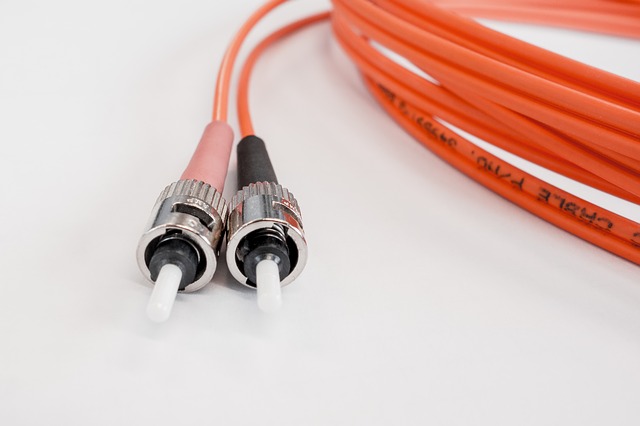
In the electronics industry, safety standards for cable installations are paramount, especially in environments where fire risks could lead to catastrophic outcomes. Essential procedures use cable flame tests to evaluate the fire resistance of cables used across various settings, from residential spaces to critical infrastructure like nuclear power plants. This article will delve into several key flame tests, explaining their significance and application in ensuring cable safety and compliance.
Key Flame Tests for Cables
Factory Mutual Cable Fire Propagation Test: This test determines a cable’s Fire Propagation Index (FPI), which classifies cables into Group 1, 2, or 3 based on their performance under fire conditions. A lower group number indicates a cable that performs better in resisting fire spread, crucial for installations where fire safety is critical.
ICEA T-29-520 Vertical-Tray Flame Test: An extension of standard flame tests, this test involves a heat source of 210,000 BTU per hour, significantly higher than the common 70,000 BTU tests. It’s designed to assess the cable’s ability to withstand severe fire exposure, making it ideal for industrial environments where higher fire risks exist.
IEEE 383 Vertical Flame Test: Originally developed for nuclear power stations, this test measures a cable’s ability to withstand a 21 kW (70,000 BTU/hr) flame without the fire extending beyond a specified height. It’s now also applying in non-nuclear installations, ensuring that cables can handle emergency situations without exacerbating potential fire hazards.
UL Flammability Tests: Underwriters Laboratories (UL) conducts various flammability tests to certify cables under different conditions:
- UL 1581 (VW-1 and Vertical Tray): These tests assess how cables behave in residential and non-residential settings. The VW-1 test is specifically for wires, using a small flame to screen out flammable materials.
- UL 1666 (Vertical Chamber) and UL 910 (Steiner Tunnel): These tests are more rigorous, evaluating cables used in vertical shafts and air-handling spaces, respectively. The Steiner Tunnel test, for instance, measures both flame spread and smoke density to ensure cables meet the National Electrical Code requirements for plenum installations.
UL VW-1 Vertical Wire Flame Test: This test is designed to identify flammable wires quickly. It involves multiple short applications of a small flame, testing the wire’s ability to self-extinguish and not ignite materials below it. Passing this test means the wire maintains integrity under brief but intense heat exposure.
Importance of Cable Flame Testing
Flame testing of cables is not just a regulatory requirement but a fundamental aspect of building safety and operational reliability. These tests ensure that cables will not contribute significantly to the spread of fire or produce excessive smoke, both of which can have deadly consequences in emergency situations. For industries ranging from construction to telecommunications, using cables that meet these stringent standards is part of risk management and safety assurance strategies.
Conclusion
As technology evolves and the demand for safer, more resilient infrastructure grows, the importance of rigorous cable flame testing becomes ever more apparent. By adhering to established testing standards, manufacturers and installers can guarantee that their cables not only meet legal requirements but also uphold the highest safety standards, protecting lives and property. Whether for residential use, commercial installations, or critical systems like those in nuclear facilities, understanding and implementing these flame tests is crucial for any project involving electrical cables.

